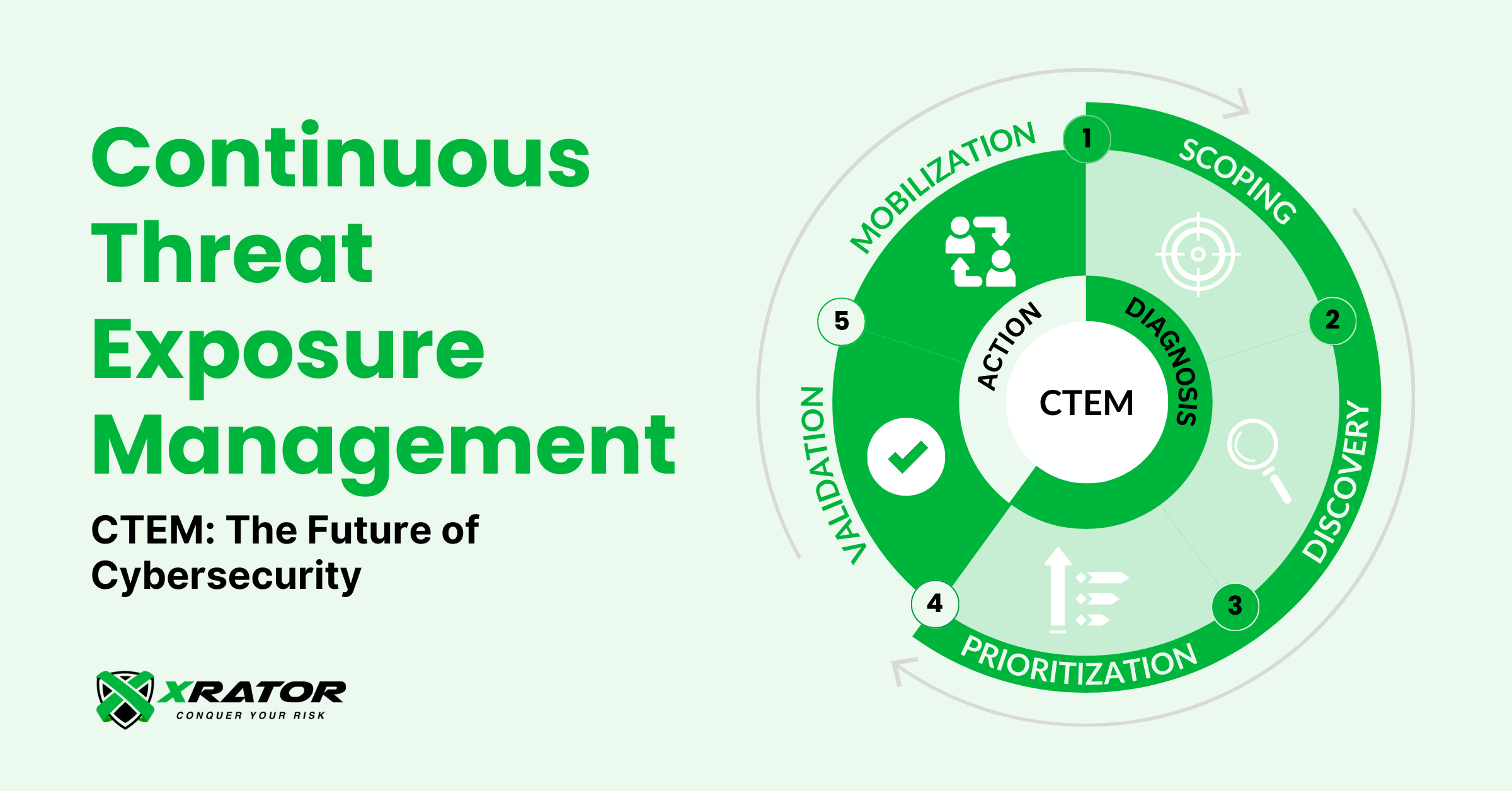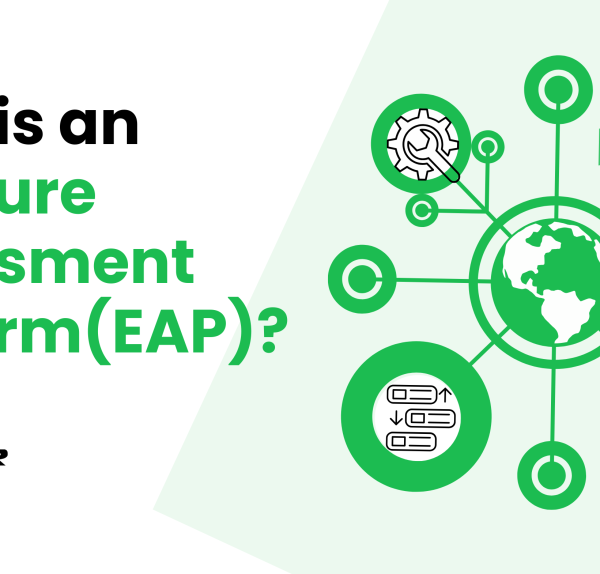In today’s digital landscape, cybersecurity threats are evolving at an unprecedented pace. Traditional security measures, while essential, are often reactive, addressing vulnerabilities and incidents after they occur. This approach can leave organizations exposed to significant risks and potential damage. Enter Continuous Threat Exposure Management (CTEM) – a proactive, dynamic strategy that is revolutionizing the field of cybersecurity.
What is Continuous Threat Exposure Management CTEM?
Continuous Threat Exposure Management (CTEM) is a forward-thinking approach that emphasizes continuous assessment, mitigation, and monitoring of cyber threats. Unlike traditional methods that focus on periodic evaluations, CTEM operates continuously, ensuring that organizations can adapt to new threats as they emerge. This continuous cycle helps maintain a robust security posture and minimizes the window of opportunity for cybercriminals.
The Need for CTEM
As cyber threats become more sophisticated and adaptative, the need for a proactive and continuous security strategy has never been greater. Here are some key reasons why CTEM is essential for modern cybersecurity:
Evolving Threat Landscape: Cyber threats are constantly evolving, with new vulnerabilities and attack vectors emerging regularly. In addition, the attack surface changes regularly following the evolution of the organization. CTEM ensures that organizations can keep pace with these changes and respond swiftly.
Minimizing Risks: By continuously assessing and mitigating weakness exploitable by threats, CTEM reduces the risk of successful attacks, protecting sensitive data, critical infrastructure and organization’s revenues.
Regulatory Compliance: Many industries are subject to stringent regulatory requirements for data protection. CTEM helps organizations stay compliant by providing ongoing monitoring and documented proofs of security measures.
Enhanced Resilience: CTEM fosters a culture of resilience, where organizations are better prepared to handle incidents and recover quickly from disruptions.
The Five Steps of CTEM
CTEM involves a continuous cycle of five key activities:
Scoping:
– Define the scope of your threat exposure management activities.
– Identify the assets, systems, and data that need protection.
Discovery:
– Conduct comprehensive risk assessments to identify potential vulnerabilities and threats.
– Use threat intelligence to stay informed about emerging risks and attack patterns.
Prioritization:
– Evaluate the potential impact and likelihood of identified weaknesses.
– Prioritize risks based on their severity, the criticality of affected assets and the existence of a real threat.
Validation:
– Test the effectiveness of security measures and controls.
– Use techniques such as penetration testing and red teaming to validate the pertinence and resilience of your defenses.
Mobilization:
– Implement security measures to address identified vulnerabilities and reduce risks.
– Regularly update and patch systems to protect against known threats.
– Continuously monitor networks and systems for signs of suspicious activity.
The Role of Automation and AI in CTEM
Automation and artificial intelligence (AI) are integral to the effectiveness of CTEM. Automation streamlines the repetitive and time-consuming aspects of threat management, allowing security teams to focus on more strategic activities. AI enhances risk prioritization and treatment by analyzing vast amounts of data and identifying patterns that may indicate plausible malicious activity.
Conclusion
Continuous Threat Exposure Management (CTEM) represents the future of cybersecurity. By adopting a proactive and continuous approach to threat management, organizations can significantly enhance their security posture and protect against both current and emerging risks. As a leader in this field, XRATOR is committed to helping organizations achieve CTEM excellence through advanced automation, AI integration, continuous innovation and attack simulation performed by highly skilled offensive security experts.
Discover how XRATOR can transform your cybersecurity strategy and help you stay ahead of cyber adversaries. Contact us today to learn more about our CTEM solutions.





